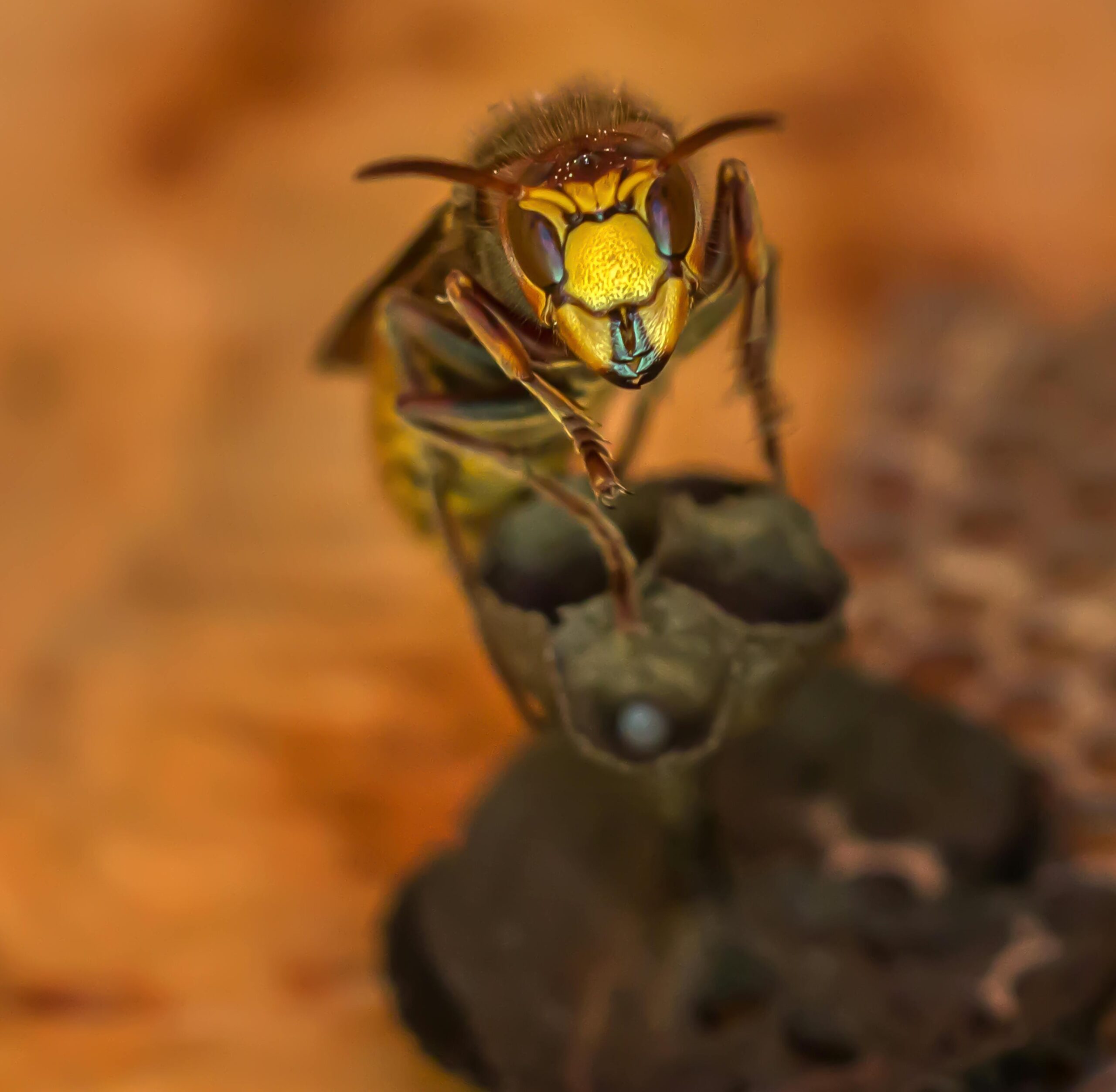Understanding and Managing Hornissennest: The Nest of the Hornet
What is a Hornissennest?
A **hornissennest**, or hornet nest, is a large and intricate structure built by hornets, a type of social wasp. These nests are typically made from a papery substance created from wood fibers that the hornets chew and mix with their saliva. Hornissennests can vary in size, with some growing to be quite large, housing thousands of hornets. Understanding the structure and behavior of these nests is crucial for both safety and ecological awareness.
Structure of a Hornissennest
The construction of a **hornissennest** is a remarkable feat of engineering. Nests are usually spherical and can reach several feet in diameter. The layers inside consist of hexagonal cells where the queen lays her eggs. Workers maintain the nest, expand it, and protect it from predators. The exterior is often grey and can have a rough texture, giving it a unique appearance.

Location and Habitats
Hornets typically choose sheltered locations for their nests, such as tree branches, roof eaves, or even underground. Understanding these habitats is vital for those who want to avoid encounters with hornets. If you’re a gardener, you might spot a **hornissennest** tucked away in the trees at the edge of your property. Being aware of their preferred locations can help you maintain a safe distance.
Behavior of Hornets
Hornets are mostly non-aggressive but will defend their nest if they feel threatened. It’s important to observe them from a distance. Creating an environment that respects their space is crucial for both your safety and the ecosystem. If you see a **hornissennest** around your home, take caution and monitor their activity.
How to Safely Deal With a Hornissennest
If you find a **hornissennest** on your property, it is essential to handle the situation with care. Attempting to remove the nest without proper knowledge can lead to painful stings. Here are some practical steps to consider if you encounter a hornet nest.
Assess the Situation
Before taking any action, assess the size and location of the **hornissennest**. If the nest is small and away from frequent human activity, it might be best to leave it alone. Hornets play a significant role in pollination and pest control, so their presence can be beneficial. Observing the nest for a while can help you determine whether a removal is necessary.
Choosing the Right Time for Removal
If removal is decided upon, timing is crucial. The best time to deal with a **hornissennest** is in late evening or early morning when hornets are less active. Always wear protective clothing and follow safety guidelines. If you’re uncertain, consider hiring professional pest control services to ensure safe and effective removal.
Ecological Impact of Hornissennests
Hornets, through their **hornissennest**, play a vital role in the ecosystem. They are apex predators of many garden pests, helping maintain the balance in nature. Understanding their contribution highlights the importance of protecting these insects while managing human interactions with them.
Benefits of Hornets
Despite their daunting reputation, hornets offer several benefits to gardens and landscapes. They help control populations of caterpillars, flies, and other insects. A **hornissennest** can signify a healthy ecosystem, as hornets are indicators of ecological balance. Embracing their presence can enhance biodiversity in your area.
Existing Control Methods
Various control methods are used when dealing with hornet populations. Traps, for instance, can effectively reduce their numbers without the need to destroy their nest. A simple DIY trap can be made using sugar water and an empty container. Setting this trap away from your living spaces can help manage hornet interactions while allowing them to thrive in less invasive environments.
Key Takeaways
- A **hornissennest** is a complex structure that provides shelter for hornets.
- It’s essential to respect hornets’ space and understand their behavior before attempting removal.
- Consider the ecological benefits hornets provide before eliminating them from your area.
- Timing and protective measures are crucial for safe removal of hornets.
FAQ
1. Are hornets dangerous?
While hornets can sting when threatened, they are generally not aggressive unless their nest is disturbed. Understanding their behavior helps mitigate risks associated with hornissennests.
2. How can I prevent hornets from building nests near my home?
To discourage hornet nesting, keep outdoor areas clean and remove potential attractions, such as food or uncovered trash. Sealing entry points and regularly inspecting your property can also help prevent **hornissennest** formation.
3. What should I do if I get stung by a hornet?
If stung by a hornet, rinse the area and apply a cold compress to relieve swelling and pain. Over-the-counter antihistamines can also be effective. Seek medical attention if you experience severe reactions.
4. Can I relocate a hornets’ nest?
Relocating a **hornissennest** is not advisable due to the risk of provoking hornets and the potential for the hive to collapse. It is best to leave it undisturbed or consult with professionals.
5. What is the lifespan of a hornet?
Hornets have a relatively short lifespan; worker hornets typically live for several months, while queens can survive through winter, hibernating to start new colonies in spring. Understanding their life cycle can help in managing nests effectively.
6. Are there any natural deterrents for hornets?
Yes, natural repellents, such as essential oils like peppermint or clove, can deter hornets. Spraying diluted solutions around potential nesting areas may help keep them at bay.
7. What do hornets eat?
Hornets primarily feed on nectar, fruit, and other insects, making them valuable for pest control in gardens. Understanding their diet can help with beneficial plant selections in your landscape.
